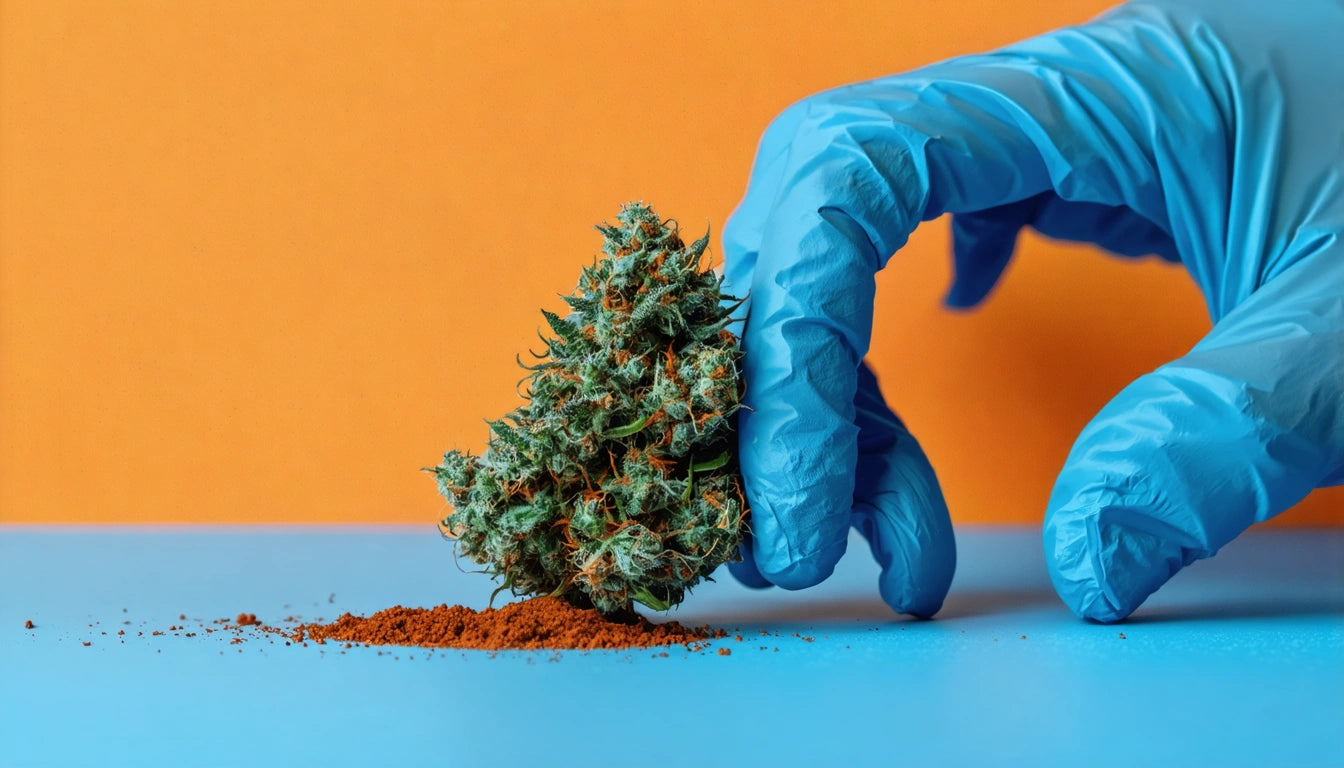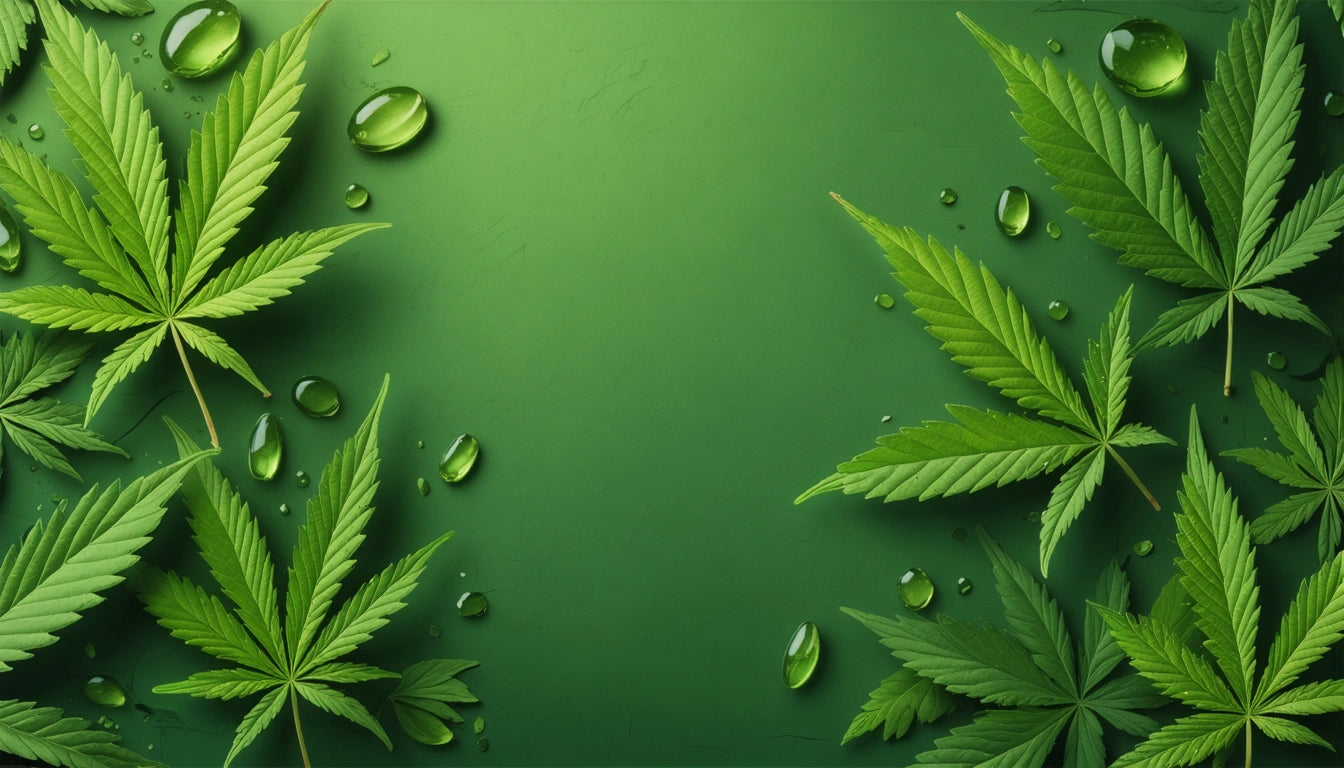Table of Contents
In the cannabis industry, product labels face numerous environmental challenges that can compromise their integrity and legibility. From moisture in refrigerated environments to handling by consumers and exposure to sunlight, cannabis labels must withstand multiple threats while maintaining compliance with strict regulatory requirements.
The Importance of Durable Cannabis Labels
Durable labels are not just a quality indicator but a compliance necessity. According to state-specific labeling requirements, cannabis products must maintain legible information throughout their shelf life. When labels degrade, smudge, or fade, brands risk regulatory violations, product recalls, and damaged consumer trust.
Beyond compliance, durable labels protect your brand presentation and ensure critical information remains intact, including:
- THC/CBD content percentages
- Batch numbers and harvest dates
- Warning statements and usage instructions
- Tracking information and barcodes
Waterproofing Techniques for Cannabis Labels
Lamination Options
Lamination provides an effective moisture barrier for cannabis labels. Options include:
- Gloss lamination: Offers high water resistance with a shiny finish
- Matte lamination: Provides waterproofing with a non-reflective surface
- Soft-touch lamination: Creates a velvety feel while protecting against moisture
Waterproof Materials
Selecting inherently waterproof materials is another effective approach. Synthetic materials like polypropylene (BOPP) and vinyl offer superior water resistance compared to paper-based options. These materials can withstand exposure to condensation, spills, and high-humidity environments without degrading.
For operations looking to maintain consistency in their packaging process, automated filling and labeling equipment can ensure waterproof labels are applied uniformly, reducing the risk of edge lifting that could compromise water resistance.
Creating Smudge-Resistant Cannabis Labels
Ink Selection
The right ink formulation is crucial for smudge resistance. Consider these options:
- UV-cured inks: Instantly dry when exposed to ultraviolet light, eliminating smudging
- Solvent-based inks: Offer excellent adhesion and resistance to rubbing
- Pigment-based inks: More resistant to smudging than dye-based alternatives
Protective Coatings
Applying protective coatings creates a barrier between the printed information and external elements. Options include:
- UV coating: Provides a glossy finish with excellent smudge resistance
- Aqueous coating: Environmentally friendly option with good protection
- Varnish: Available in different finishes while protecting against smudging
When designing labels that need to resist smudging, consider the principles outlined in how to design cannabis labels that sell and stay compliant, which emphasizes balancing aesthetic appeal with practical durability.
UV Protection Strategies for Long-Lasting Labels
Sunlight exposure can fade labels over time, compromising both branding and required regulatory information. Effective UV protection strategies include:
UV-Resistant Inks
Specialized UV-resistant inks contain additives that prevent color degradation when exposed to sunlight. These inks maintain their vibrancy longer than standard formulations, particularly important for products displayed near windows or in outdoor dispensary events.
UV Inhibitors
Adding UV inhibitors to label materials or coatings provides an additional layer of protection. These compounds absorb harmful UV radiation before it can damage the printed information.
UV protection becomes particularly important when considering what to include on cannabis labels, as regulatory information must remain legible throughout the product's shelf life.
Selecting the Right Materials for Durable Labels
Material selection significantly impacts label durability. Consider these options based on your specific needs:
Substrate Options
- Biaxially Oriented Polypropylene (BOPP): Excellent water and tear resistance
- Vinyl: Highly durable and conformable to irregular containers
- Polyester: Outstanding resistance to chemicals, moisture, and temperature extremes
Adhesive Considerations
The right adhesive ensures labels remain attached despite environmental challenges:
- Permanent adhesives: Provide strong bonding but cannot be repositioned
- Removable adhesives: Allow for repositioning but offer less durability
- Temperature-specific adhesives: Formulated for hot or cold environments
For detailed guidance on adhesive selection, refer to choosing the right adhesive labels that work with various packaging materials.
Implementation Strategies for Enhanced Label Protection
Implementing durable labeling solutions requires a strategic approach that balances protection with practical considerations:
Testing Protocols
Before full implementation, test your label durability under various conditions:
- Moisture exposure tests: Simulate refrigeration and handling conditions
- Abrasion resistance: Test labels against rubbing and handling
- UV exposure: Use accelerated aging tests to verify UV resistance
Balancing Protection and Cost
While protecting labels is essential, cost considerations matter. Consider these approaches:
- Apply enhanced protection only to vulnerable areas of the label
- Use combination printing methods to protect critical information while reducing overall costs
- Consider volume pricing for protective treatments when ordering larger quantities
By implementing these strategies, cannabis brands can ensure their labels remain intact and compliant throughout the product lifecycle, avoiding costly reprints, regulatory issues, and brand damage. The investment in proper label protection ultimately saves money while maintaining your product's professional appearance from production to final use.











Leave a comment
All comments are moderated before being published.
This site is protected by hCaptcha and the hCaptcha Privacy Policy and Terms of Service apply.